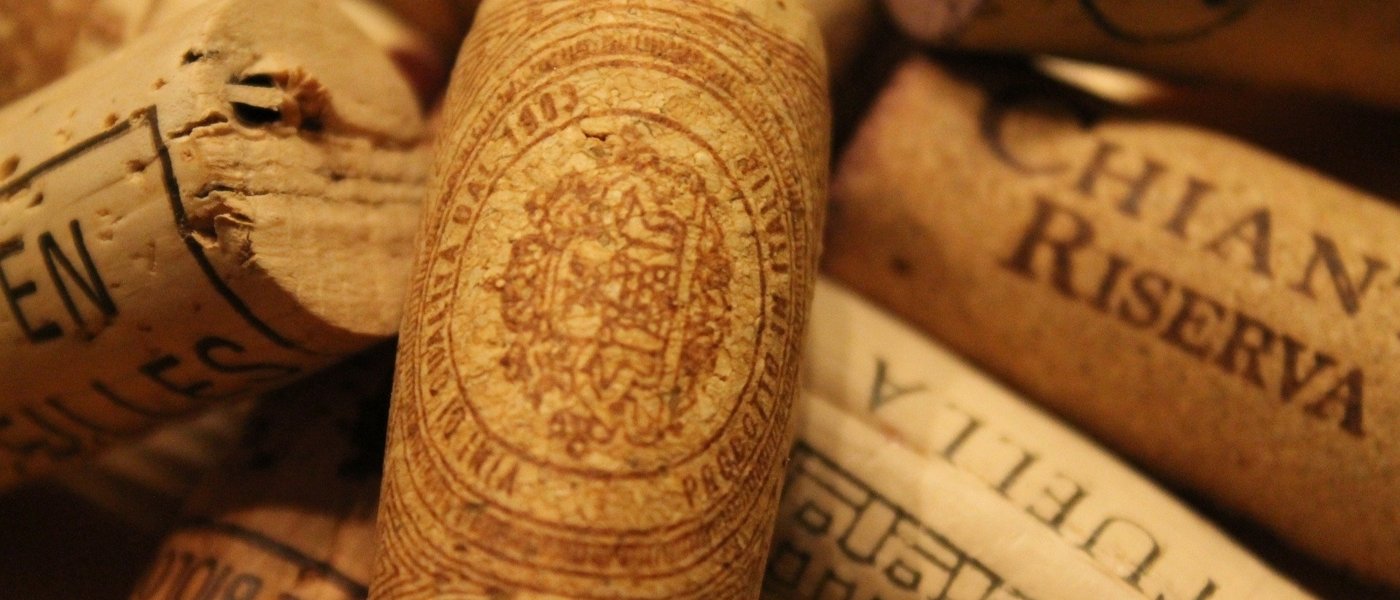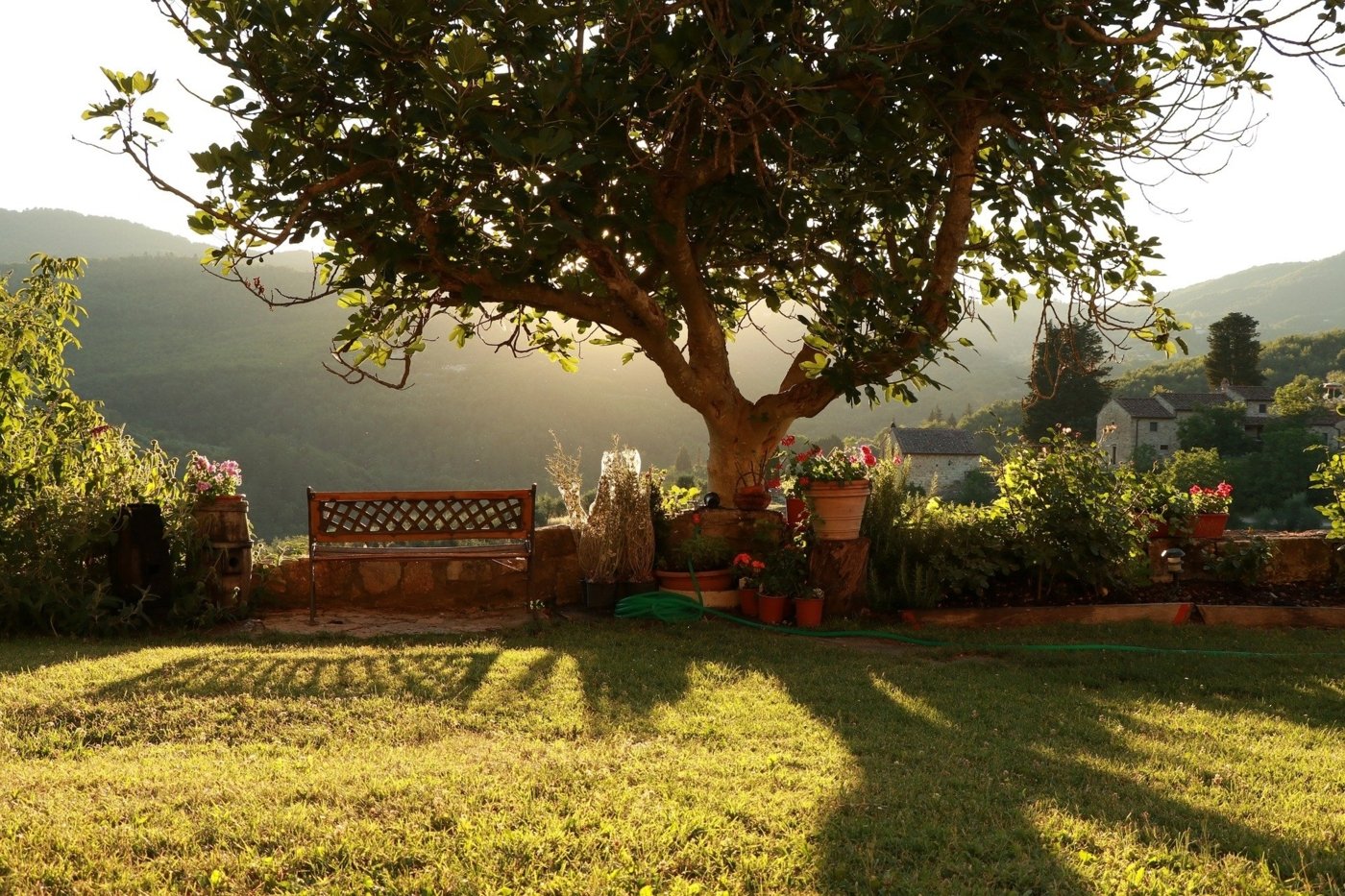Our team of local experts are on hand to help you get past the labels and understand the factors that make the wine taste as it does.
Chianti Classico wines are immediately recognisable by the black rooster (Gallo Nero in Italian) sticker on the neck of the bottle. Chianti Classico DOCG itself may produce much of the best Chianti to be found, yet there can be marked differences according to which part of Chianti Classico the given wine comes from. Chianti Classico is the oldest official wine region in Italy, if not the world, celebrating its 300th anniversary in 2016. It was Cosimo III, the Grand Duke of Tuscany, who on September 24, 1716, legally classified some of Chianti’s key winemaking hotspots, delimiting the land around the villages of Radda, Gaiole, Castellina and Greve. However, Chianti Classico was expanded in the 1930s, resulting in even bigger differences in wine styles.
The wines of Gaiole are firm and edgy, while Radda and Castellina are perhaps the most similar to each other with pronounced aromas and are fresh and vibrant on the palate. Wines from Greve’s clay soils are a bit more restrained and soft, with the exception of those exhilarating wines from the plots in the Panzano area with its vineyards of clay and limestone soil. Chianti Classico has expanded considerably since the days of Cosimo III de’ Medici much to some people’s chagrin but Castelnuovo Berardenga, which became part of Chianti Classico in 1932, marks Classico’s southernmost point and its wines are very much appreciated for their concentration, structure and longevity.
Sitting at the top of the Chianti Classico pyramid since 2014 is the Chianti Classico Gran Selezione category, which must be made exclusively from a winery’s own grapes and aged for a minimum of 30 months, compared to 24 months for the Classico Riserva.
Going behind the Chianti wine labels
Our experts will take you to the heart of Chianti Classico to walk through the vineyards with their galestro (shaly clay) and limestone alberese soils, which typically lie between 200 and 400 metres above sea level, to discover the secrets and nuances of each place of growth. You will then taste the wines from the different parts of Chianti Classico in tutored tastings and be able to detect the nuances with aplomb.
Chianti DOCG has a total of eight subzones that produce wines of varying quality. Note that DOCG Riserva wines must be aged for a minimum of two years. Chianti Rufina is considered perhaps the finest Chianti DOCG outside the Chianti Classico DOCG heartland. However, the Grand Duke also recognised the Rufina, which is situated on high ground north east of Florence, as a superior site. Rufina possesses similar soils to Panzano, which is a very highly rated part of Greve. Its wines are similarly elegant and expressive. Despite the more northerly location, Rufina’s vines get excellent sun exposure and ripen beautifully and can be quite full bodied but the high diurnal temperature range maintains the superb acidity.
Chianti DOC
At the bottom of the Chianti ladder, Chianti DOC wines are the entry-level wines, which thanks to the advent of modern technology and better cleanliness in the wineries have got a lot better in recent years, though for the most part remain fairly uninspiring and quite generic. These are usually blends from grapes coming from across the region. However, the odd one can be light, fresh and deliciously fruity, oozing juicy red fruit in abundance.
If you're interested in one of our Chianti Wine Tours, please visit this link.







